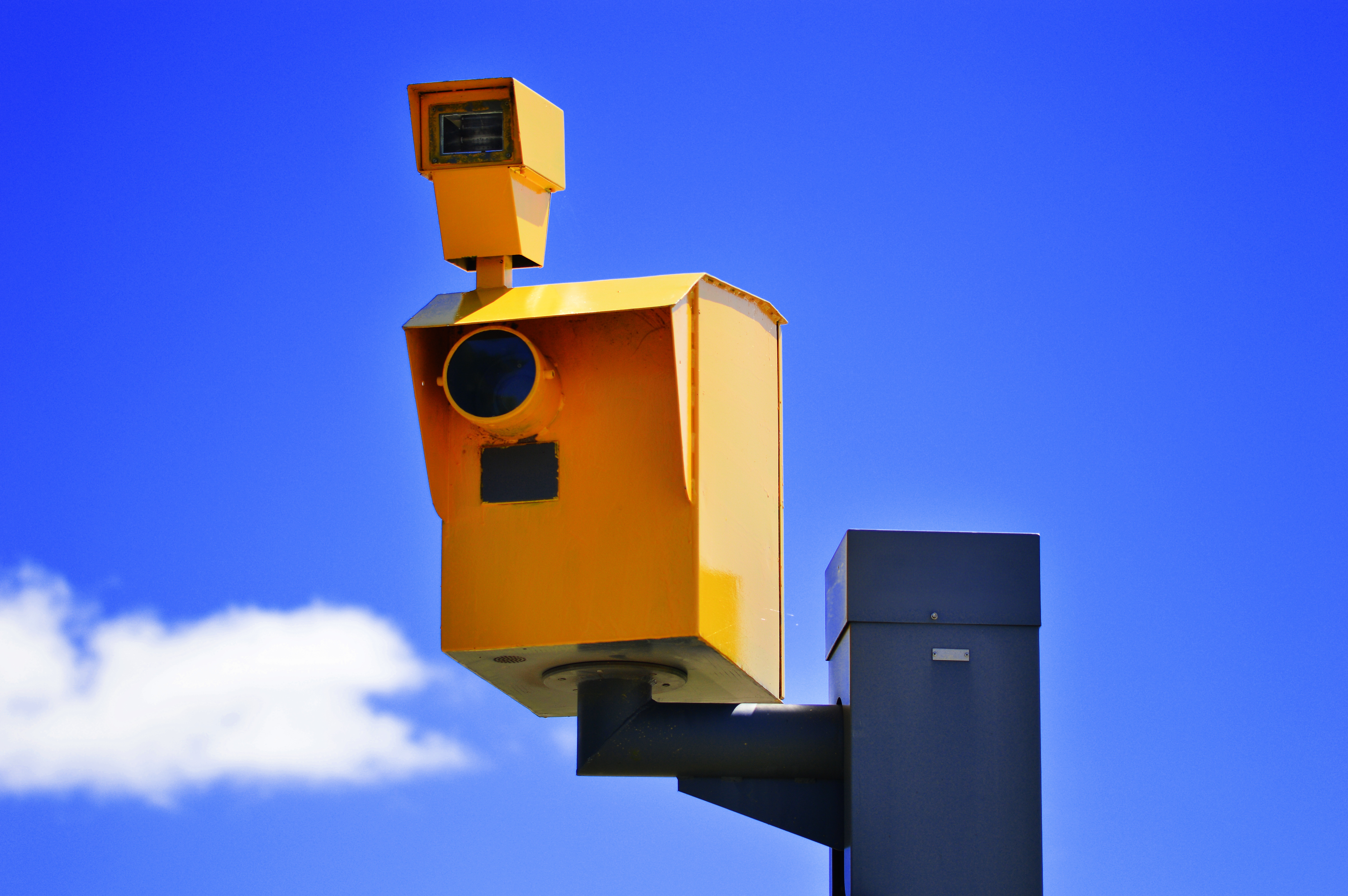
A few recent articles that fascinate me. Amazing things engineers can do. Pondering the lack of discretion from red-light revenue generators. Air Force use of civilians to pilot drones flying in combat zones.
10/20 – Link from Behind The Black – What the engineering wizards can figure out amazes this office-living accountant. Check out the huge machine that puts an entire bridge section in place.
Well, since I saw the video, the account has been closed. What it showed was a huge machine that advanced it self to the next pylon and pulled over the gap an entire bridge section and put it in place.
11/20 – Tymshft – Can robots issue citations? More importantly, can people issue citations? –
John Bredehoft ponders the discretion used by police officers to issue a ticket compared to the absolute rules followed by red light cameras. Good ideas to ponder as we move toward automated cars. Perhaps we ought to allow discretion for the cop on the beat to allow exceptions based on the circumstances in the moment.
Interesting tidbit is that in San Mateo last year, 63% of the 4,462 tickets issued by the automated system were for rolling right hand turns. Not the blast through the intersection at full speed before the light changes type of violations that the red lights are set up to prevent.

12/1 – Popular Mechanics – The US Air Force Is Using Civilians to Fly Drones in Combat Theater – This article points to the article I will discuss next. Significant questions are raised by having civilians working for a defense contractor who operate a military drone in a combat theater. While the MQ-9 Reaper flights are surveillance, it is still in a combat zone and is still a part of what is called the “kill chain”. American law prohibits civilians from waging war. If my vague memory serves correctly, that is also illegal under the Geneva Convention.
11/27 – Los Angeles Times – Air Force hires civilian drone pilots were combat patrol; critics question the legality – Civilian operators control 2 of the 10 daily Reaper flights run by USAF. Apparently each patrol can include up to four drones. The reason for using civilians is the Air Force wants to have 1,281 qualified drone operators but is short “several hundred” for staffing the specialty.
There is a lot of arguing in the Air Force about having civilians involved. The argument on one side is that if the civilians are only operating surveillance platforms, it is legal. The tasks requiring an uniformed airman are illuminating targets with lasers and launching weapons.
Staffing shortages will get more serious. The Air Force is tasked to fly 60 daily combat air patrols now with instructions from the Pentagon to increase the count of daily CAPs to 90 in four years.
Article says most drone flights are run from Creech Air Force Base near Las Vegas and essentially every operation in Iraq and Syria special forces uses data from drone-carried sensors.